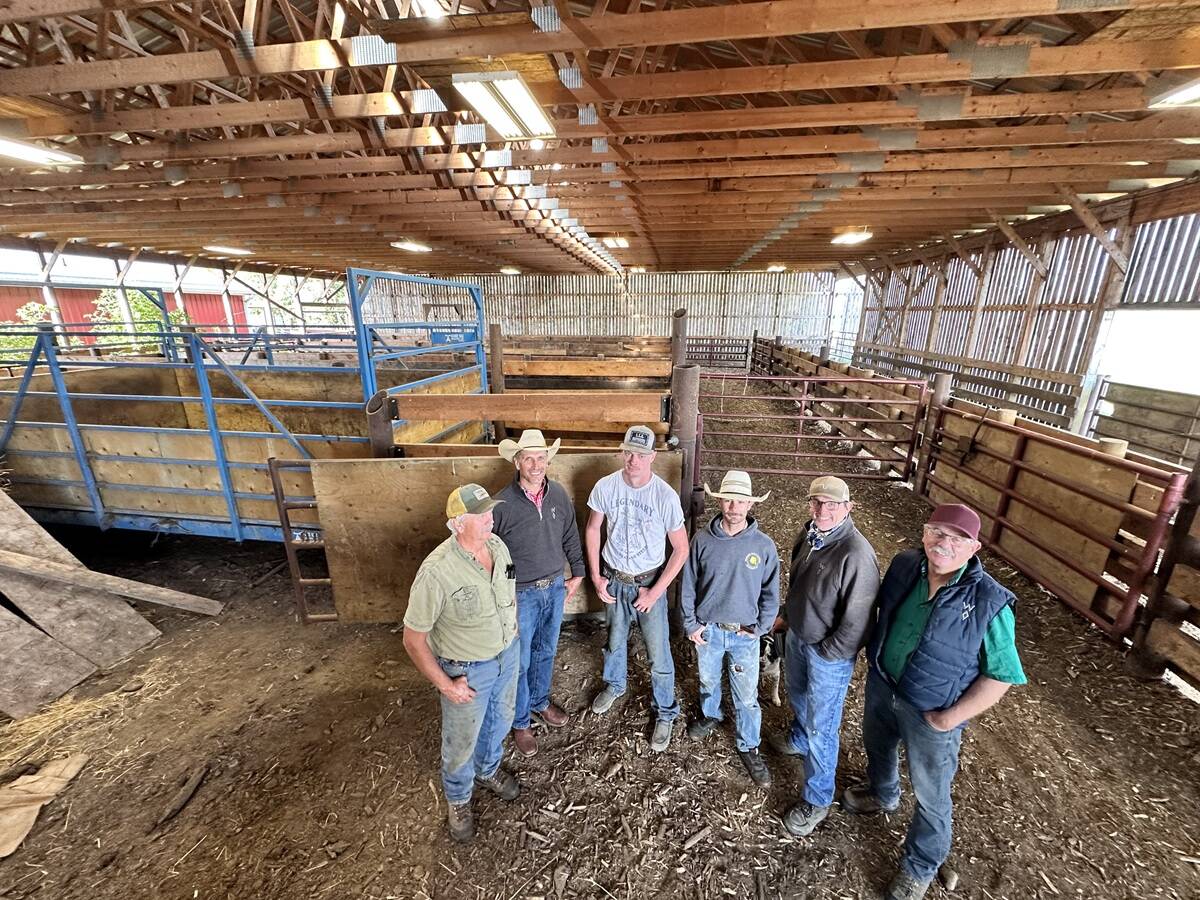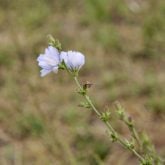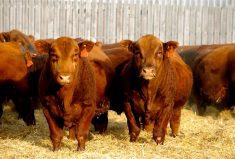Liver abscesses in cattle have been extensively studied for the last 70 years. Yet condemned or discounted livers due to abscesses still cost the Canadian beef industry over $60 million per year.
Tylosin, a member of the macrolide family of antimicrobials, is widely used in beef cattle and is administered through the diet to reduce the incidence of liver abscesses. Antimicrobials that belong to this same family are also used in humans (e.g. erythromycin). According to Health Canada’s categorization of antimicrobial drugs based on importance in human medicine, this antimicrobial family is within the second-highest category. That’s because it’s considered to be highly important for treating and preventing bacterial infections in humans.
Read Also

Farm families work together to graze cropland with cattle in the fall
These Alberta farm families have separate operations, but work together to manage their land
Tylosin is usually fed continuously throughout the finishing period at a concentration of 11 ppm in the diet. There is no withdrawal period required before sending cattle to the abattoir.
It has been just over a year since Health Canada fully implemented new regulations involving medically important antimicrobials in livestock feed. This new directive mirrors efforts in the United States, as well as similar initiatives in the European Union, aimed at enhancing the stewardship of antimicrobial use. In Canada, new regulations require that all in-feed use of medically important antimicrobials occurs under veterinary oversight by a licensed veterinarian operating under a veterinary-client-patient relationship.
In addition, all growth promotion claims have been removed from medically important antimicrobials, with these products now only approved for disease prevention, control and treatment. It is almost certain that pressure to reduce the use of antimicrobials in livestock production will increase. Judicious use of antimicrobials to maintain health and welfare in livestock production must continue to be a priority. Consequently, there is merit in assessing points where antimicrobial use can be reduced or eliminated without compromising animal health and welfare.
One possible approach may be to reduce the duration that in-feed antimicrobials are administered during the feeding period. With this possibility in mind, Agriculture and Agri-Food Canada and Feedlot Health Management Services collaborated to determine if including tylosin in the diet for a shorter period would reduce antimicrobial-resistant bacteria, without increasing the prevalence or severity of liver abscesses, other health issues, or compromising the growth performance of feedlot cattle.
What they did: Just over 7,500 feedlot cattle were included in this study and fed an 86 per cent concentrate diet for a 161-day finishing period. Tylosin was included in feed for three different durations over the finishing period:
1. FIRST-78 per cent; from day 0 to day 125
3. Continuously for the entire 161-day feeding period.
Researchers collected fresh pen-floor fecal samples throughout the study to test bacteria (i.e. enterococci) for their type and level of antimicrobial resistance. They also assessed cattle for growth performance as well as incidences of morbidity and mortality during the feeding period. Carcass traits, prevalence and severity of liver abscesses were also recorded at harvest.
What they learned: There were no differences in the types or level of antimicrobial resistance with duration of tylosin administration. The overall occurrence of liver abscess was over 60 per cent, regardless of duration of tylosin administration, with about 20 per cent of the abscesses considered to be severe.
The incidence of liver abscesses did not differ with duration of tylosin administration. But while there was a tendency for more severe abscesses to occur in cattle administered tylosin for a shorter duration, this did not affect the growth performance of feedlot cattle.
There was also no difference in finishing weight, average daily gain or feed efficiency associated with the duration of tylosin administration.
What it means: Reducing the duration that tylosin is administered during the feeding period did not lower the antimicrobial resistance in the indicator bacteria measured. However, reducing tylosin administration during the feeding period might come at the cost of more severe liver abscesses in some cattle.
Interestingly, feeding tylosin for a shorter duration (which tended to produce more severe liver abscesses) did not result in adverse impacts on growth performance or carcass traits. Therefore, it could be possible to reduce the use of this antimicrobial by 25 per cent during the finishing period.
It is important to note that the incidence of liver abscesses was high in all cattle, even in those that continuously received tylosin throughout the feeding period. This may have been a result of the cattle being backgrounded or on feed for an extended period over the winter and spring months before the start of the trial.
Although some of the bacteria that cause liver abscesses are known, there may also be some contributing bacteria that have yet to be identified. While high incidences of liver abscesses have been attributed to the use of high-grain finishing diets, little is known about when liver abscesses develop during the feeding period or why some cattle develop liver abscesses while others do not. Advancements in genomics could shed some light on these unknowns as it may allow for the full characterization of all the bacteria that contribute to liver abscesses and may help define why some cattle are susceptible and others are not.
Regardless, it is clear that given the high prevalence of this disease in feedlot cattle, finding alternative strategies to reduce the occurrence of liver abscesses in cattle has considerable merit.
Dr. Tim McAllister is a principal research scientist who has been investigating aspects of antimicrobial resistance in beef cattle production for almost 20 years. Taylor Davedow is a recent M. Sc. graduate from the faculty of food and human nutritional sciences, University of Manitoba.
















